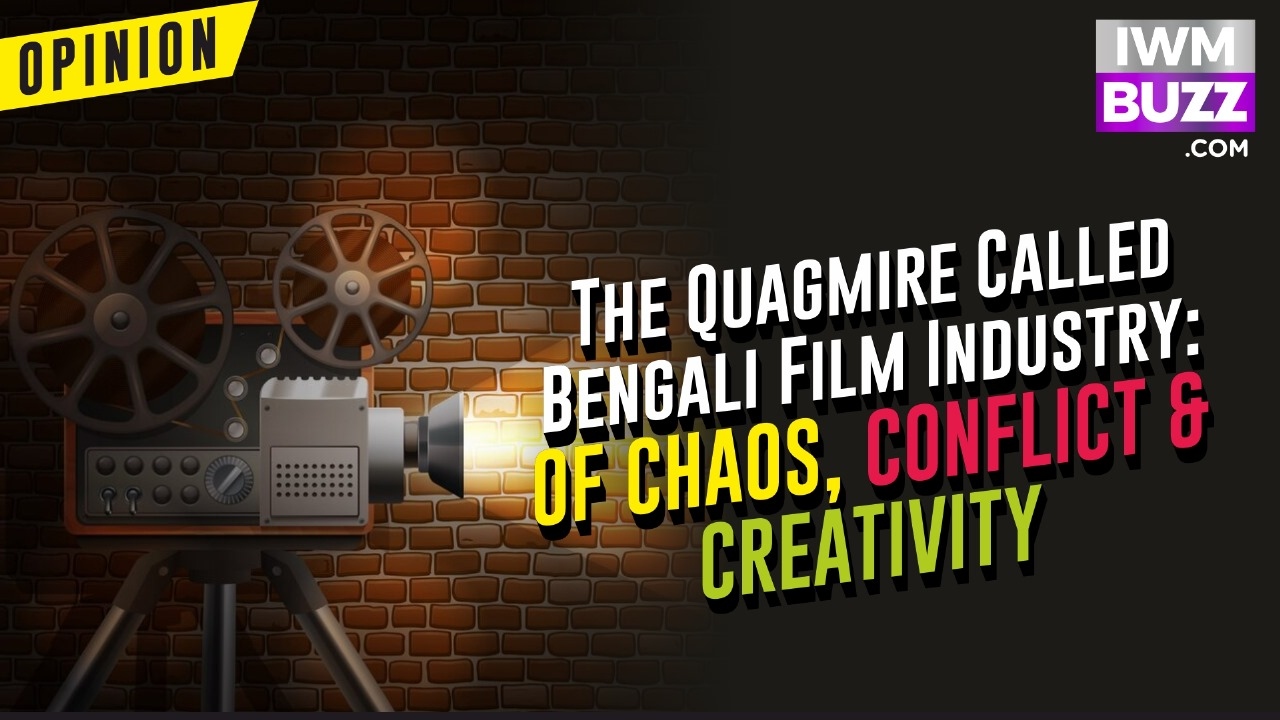Historically, Bengali cinema was the vanguard of Indian film, a crucible where artistic expression met commercial acumen. Satyajit Ray, Ritwik Ghatak, Mrinal Sen – these names were synonymous with cinematic brilliance. Their movies, imbued with an arcane understanding of the human condition and societal nuances, captivated audiences worldwide, earning India accolades and respect on the global stage. The industry was a breeding ground for exceptional talent, from actors to technicians, who honed their craft under the tutelage of masters.
However, time has witnessed a gradual eclipse of this golden era. Once a bastion of creativity, the industry now grapples with issues far removed from aesthetics. The recent controversy is a case in point. A dispute over the employment of Bangladeshi technicians escalated into a full-blown industry crisis, exposing the deep-seated rifts and the fragile ecosystem of the Bengali film industry. These challenges in the Bengali film industry should be a cause for concern and engagement for all stakeholders.
What has happened?
Filmmaker Rahool Mukherjee encountered a significant setback on the inaugural day of his new film’s production when no technicians reported to the studio. This challenge arose despite recent approval from the Directors’ Guild permitting him to function as a creative producer. Mukherjee’s suspension from directing for three months, imposed by the Federation of Cine Technicians and Workers of Eastern India (FCTWEI), resulted from his unauthorised visit to Bangladesh. During this trip, he conducted additional filming and engaged local technicians without notifying the appropriate bodies. While the measure was procedural rather than personal, it highlights the delicate balance between industry regulations and creative autonomy.
The Bengali film industry’s dilemma is a complex interplay of factors. The stranglehold of unions, often driven by alleged extraneous interests, has stifled growth and innovation. The increasing politicisation of the industry has further worsened the problem. The absence of a clear vision and a unified approach has led to a loss of focus and direction.
Acknowledging that the Bengali film industry is not bereft of talent is peremptory. There are still filmmakers and actors who continue to produce commendable work. However, these isolated instances of brilliance are insufficient to salvage the industry’s overall reputation.
While regional counterparts like Telugu cinema, with blockbusters like Baahubali and RRR, Tamil cinema, known for its global hits such as 2.0 and Jai Bhim, Kannada cinema, which has captured the nation’s attention with K.G.F and Kantara, and Malayalam cinema, renowned for its artistic brilliance in films like Drishyam and Lucifer, once considered diminutive in comparison, have metamorphosed into formidable forces, Bengal’s cinematic titan has slumbered. These industries have survived and thrived through a judicious blend of commercial acumen, technological innovation, and a keen audience pulse while the grandeur of Bengali cinema decayed.
To resurrect the Bengal tiger, a comprehensive overhaul is necessary. The industry must prioritise talent development and create a conducive environment for creativity to flourish. A solid and independent film body is essential to regulate the industry and protect the interests of all stakeholders. Moreover, a shift in focus towards commercially viable films without compromising artistic integrity is crucial.
The road to recovery will be arduous. However, with concerted efforts and a renewed commitment to excellence, the Bengali film industry can reclaim its lost glory and become a beacon of cinematic brilliance.
The incident has sparked outrage among industry stalwarts. Director and TMC MLA Raj Chakraborty termed it an “insult to every director,” threatening a director’s strike if the issue is unresolved. Renowned filmmaker Kaushik Ganguly asserted the federation’s overreach, stating it cannot dictate the number of technicians for a shoot. Actor and TMC MP Dev highlighted the industry’s decline, attributing it partly to such disruptions. Even megastar Prosenjit Chatterjee, known for his diplomatic stance, appealed for a resolution, emphasising the importance of mutual respect for the industry’s well-being. Parambrata Chatterjee added a critical dimension to the debate, accusing the federation of imposing unreasonable rules that increase production costs. Director Raja Chanda believes it mars the overall creative sentiment of the industry.
The banishment of Rahool Mukherjee is a catastrophic misjudgment that smacks of a petty vendetta rather than a considered decision for the industry’s health. It is a reckless act of cultural vandalism, a blatant disregard for the artistic and economic contributions of an individual who has been instrumental in revitalising Bengali cinema.
It creates a ‘creative deadlock.’ As Prosenjit Chatterjee recently mentioned that he has gone into depression. He says, “I have been suffering from a mental problem since the past nine days. We actors prepare at night and then act in the day. For the past nine days I am reading the scenes and then in the morning I am hearing the shoot will not happen. There should be love and respect towards each other. I have been working for 49 years. Let us create things with love,” as quoted by The Indian Express
The question now is: Will the industry’s stakeholders rise to the challenge, or will they continue to be spectators to its decline?

